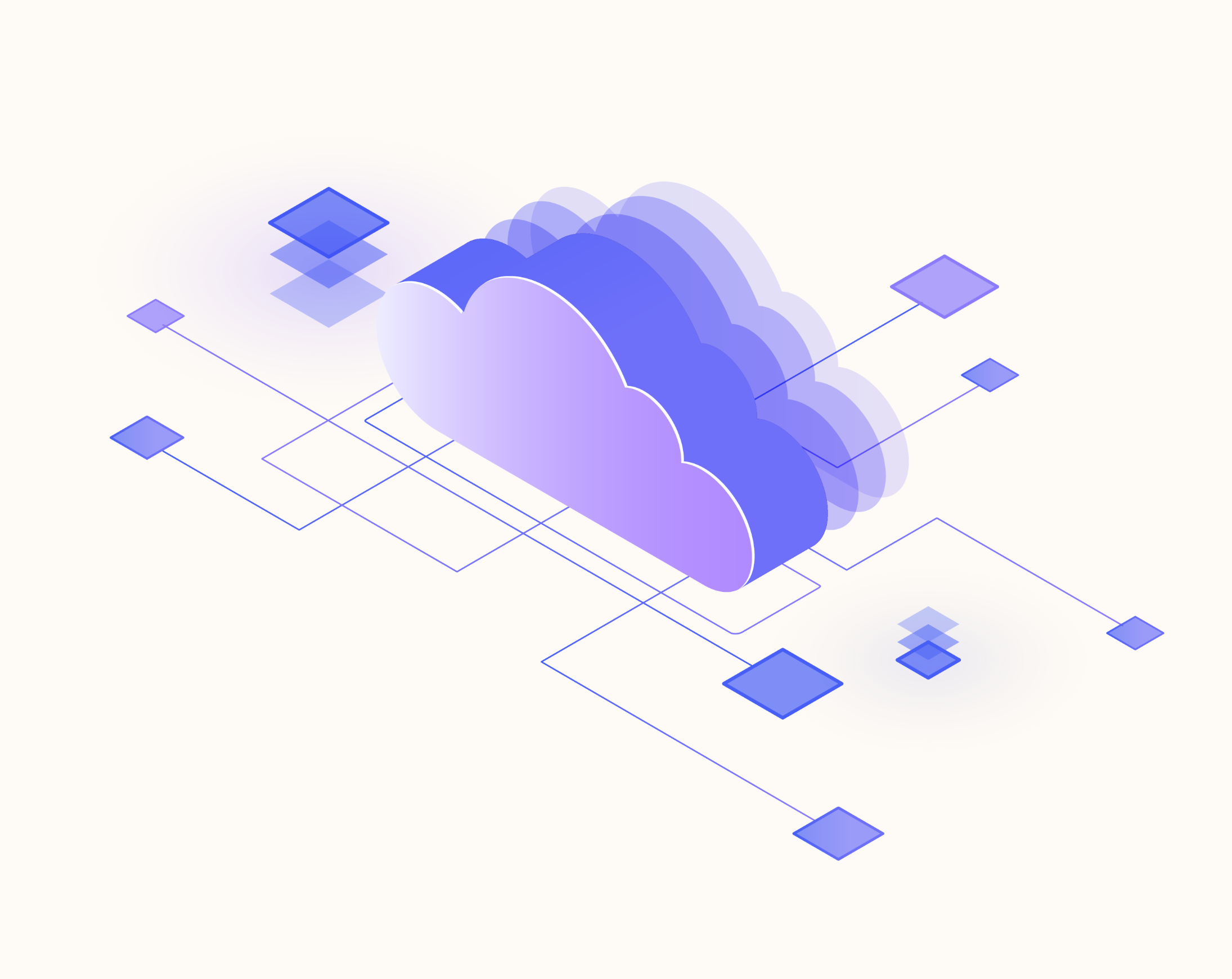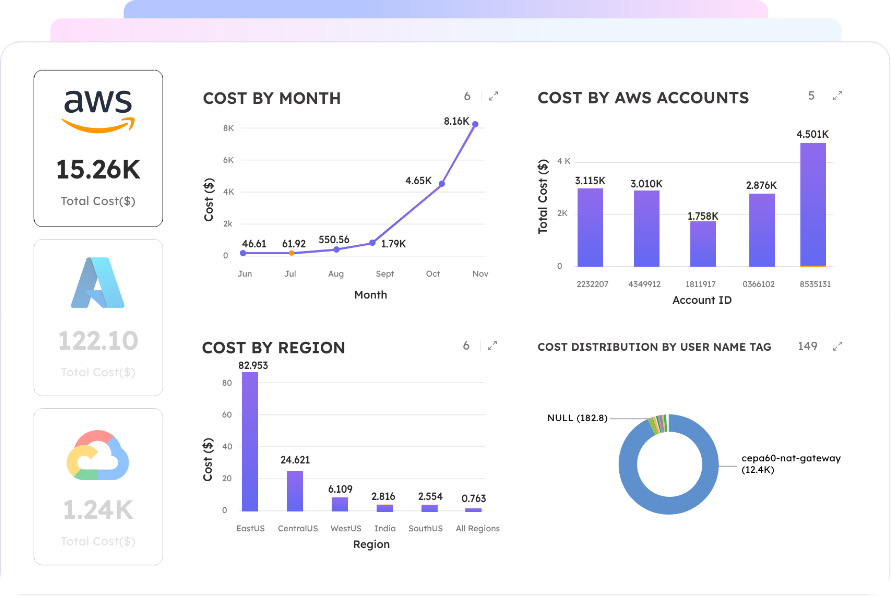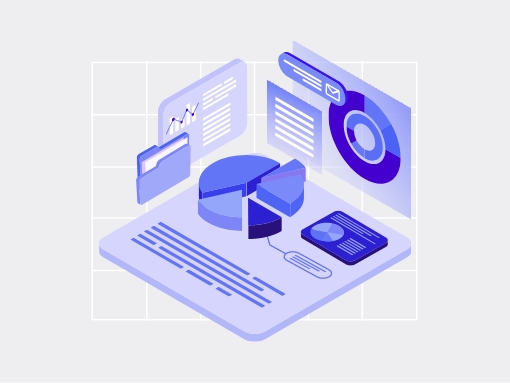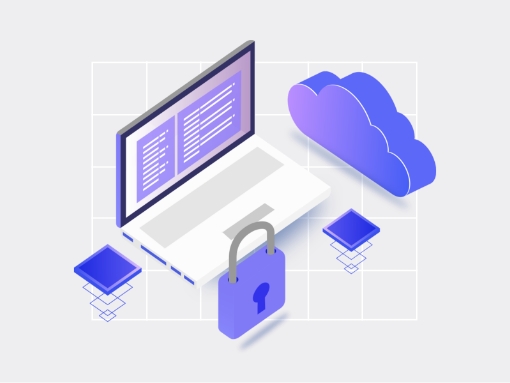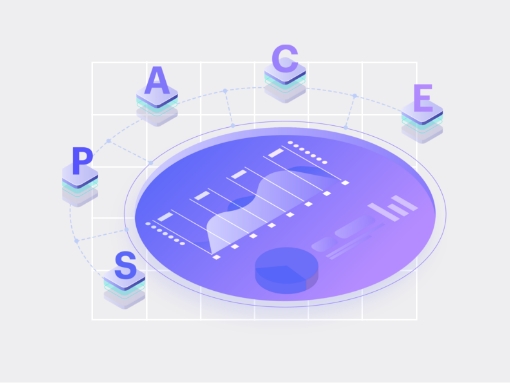The cloud’s business benefits such as faster time-to-market, better service quality as compared to traditional IT setups, and a lower Total Cost of Ownership (TCO) are well established, which has led to its pervasiveness. Most organizations have migrated to cloud services providers like Amazon Web Services (AWS), Google Cloud Platform (GCP), Microsoft Azure, and Alibaba Cloud seeking flexible payments, scalability, elasticity, resilience, and more. Cloud’s adoption is also driven by the fact that it provides a flexible and agile platform for innovation and growth. However, even as organizations adopt cloud for building cloud-native applications, they are at the risk of losing sight of cloud ROI.
Optimizing and managing cloud-based resources has become highly complex over the years. The race to the bottom among cloud service providers is long over; it means that it’s up to their customers to find ways to better optimize their cloud costs and increase operational efficiencies. However, they often struggle to reduce the cloud sprawl and manage cloud-native applications. That is why hybrid and multi-cloud setups are now seen as a solution to such challenges. According to RightScale, every major organization is using around five clouds and 81% of the enterprises have a multi-cloud strategy.
What’s Driving the Hybrid and Multi-Cloud Adoption?
Many organizations rely on hybrid cloud setups, which are a mix of private and public clouds. These setups include on-premises physical servers or a hosted VPC (virtual private cloud) along with public cloud resources. Better technical control is one of the primary reasons driving the hybrid clouds. It allows organizations to create an infrastructure suiting their specific requirements; for e.g., they can have root access enabled for their teams, choose specific hardware to meet security and performance requirements, and segment their network logically or physically as per their needs. The hybrid strategy also allows them to put less critical workloads on public clouds while ensuring strict access, usage, and availability controls on mission-critical apps and sensitive data in the private servers. Also, many organizations prefer hybrid setups for higher speed; they can keep their high–demand resources within private networks to reduce latency. It can also save significant costs in data transfers. Due to these and many other benefits, many organizations that had hurriedly migrated to public clouds, have planned to move some of their workloads (up to 50% in some cases) to private or hybrid setups.
Similarly, organizations opt for multi-cloud setups to meet regulatory/compliance constraints or demands of their internal teams. For instance, the IT operations team might choose Azure for certain ERP workloads while marketing could be using AWS for their work. The multi-cloud strategy can have its cost-benefits too, as organizations can choose between different vendors as per their budgets.
Cost Optimization – The Major Challenge With Hybrid and Multi-Cloud Setups
Hybrid and multi-cloud setups among other things are indeed seen as a viable option to optimize costs; however, it’s not that simple. Every cloud service provider offers its own self-service portal with different workflows, dashboard views, reports, and metrics. This makes users of multi-cloud setups shuffle between the portals for provisioning and management of resources. Again, the authentication and account management policies differ from one cloud to another. Many times, the varying password strength requirements force admins to choose and remember different passwords for different accounts. This may not seem like a big challenge, but teams often rely on default or simple shared passwords (admin1234, password123, etc.) just to overcome this nuisance. This is a big security challenge in terms of cloud security.
Further, the self-service and monitoring portals only offer visibility into public cloud-based resources. There’s no simple way for teams to monitor workloads running in their private or self-hosted setups. Traditional monitoring tools offer limited visibility into multi-cloud environments, which can lead to configuration errors. Lack of unified visibility into resource usage across different clouds prevents organizations from assessing their true ROI.
Many times, developers leave their resources or virtual machines (VMs) running, even when they don’t need it. Organizations also fail to crack which workloads are suited for which environment. Quite often, the cloud platform chosen by the IT team for certain workloads becomes a natural choice for all teams, instead of carefully distributing the workloads across different clouds for cost–effectiveness. In multi-cloud environments, over-provisioning is also quite common. The volume pricing offered by cloud providers can lead to higher per-unit prices and not every organization is able to make the most of spot pricing. While there are solutions for cloud cost optimization and management available in the market, many of them are difficult to implement, have complex workflows, and can cause information overload.
How to Solve the Multi-Cloud Cost Optimization Challenge?
Gathr offers an easy approach to improving visibility into multi-cloud spends. With Gathr’s Cloud Cost Analysis app, organizations can easily connect to AWS, Azure, GCP accounts to collect and analyze cloud costs in one place. With usage and expenditure data available in one place, multi-cloud users can easily correlate the data, identify provisioning inefficiencies, control virtual sprawl, and analyze their cloud spends. The app provides cost-related insights categorized by region, services, tags, and more. It can also alert users about any spike in costs offer recommendations for cost optimization. With a unified approach to cloud cost-management and analysis, businesses can easily correlate and contextualize the costs against other critical business KPIs and strategic goals. The app is customizable, and businesses can improve its scope for monitoring their hybrid or private setups, without writing a single line of code; learn more here.
If you are new to Gathr, we recommend you to explore our community, which will help you connect with creative developers, business and data analysts, no-code enthusiasts, and more. You can join a group of your interest to share your learnings or find answers to technical issues and make the most of Gathr’s no-code app development platform.

